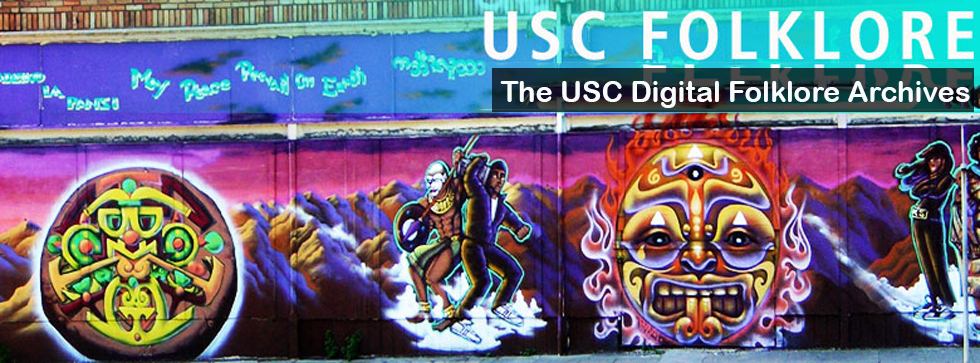N is a 55-year-old female Canadian immigrant originally from Vancouver, Canada. N is a retired social worker currently living in Phoenix, Arizona.
While visiting my home state of Phoenix, Arizona, I visited N’s home, as she is my neighbor. During the visit, I asked N if she had any folklore she would be willing to share with me, and she offered me the following piece of folklore.
N: I’m talking about a tradition we had in Canada growing up, so we’re talking about the mid-sixties, uh, through the mid-seventies through approximately the age of ten, so. Um.. what we experienced growing up is that um.. When celebrating birthdays it was very common for various denominations of coins to be baked into birthday cake. And the idea was I guess for the.. child is it was a little bit of an extra gift, and surprise. But of course all of the other kids would be getting a piece of the cake as well, and so there was this fun little challenge as to who would be getting, uh, the higher coin, uh, it seems silly now seems how were just talking about coins. But at the time, um, we just thought it was a fun thing, and, I don’t think anyone thought about the potential of choking, but that is something that was very common and I have since learned that that was a tradition from Europe and possibly actually originating from Greece. Just a sign of good luck and, um, good blessings for the coming year. Uh, if I recall correctly I don’t believe I remember any adults having birthdays with these special cakes, but it was super common and it was really a fun thing that kinda went away unfortunately when we got older. I would love to actually… why don’t we uh, in my next birthday cake that I bake, uh, I should impose this uh, tradition to be new.
Reflection: I can relate to N’s story to a certain degree, as my elementary school used to hold annual Marti Gras celebrations in which they would bake cakes with items hidden in them. Except for coins, however, the cakes would each have a small plastic baby inside. Just as in M’s account, whoever found the special item inside the cake would receive good luck. With this in mind, it is interesting to consider how the American and Canadian traditions differ, in that the American Marti Gras cakes I am familiar with contain objects of perceived value while M’s Canadian birthday cakes contain items of actual value. As a result, the American cake tradition appears to be centered on an intangible sense of accomplishment (luck) while the Canadian cake tradition appears to be centered around monetary gain. This makes sense in relation to N’s assertion that coin cakes were exclusive to children’s birthday cakes, as children are probably more willing to discover a prize in their cake that they can actually use rather than an abstract concept like luck.
